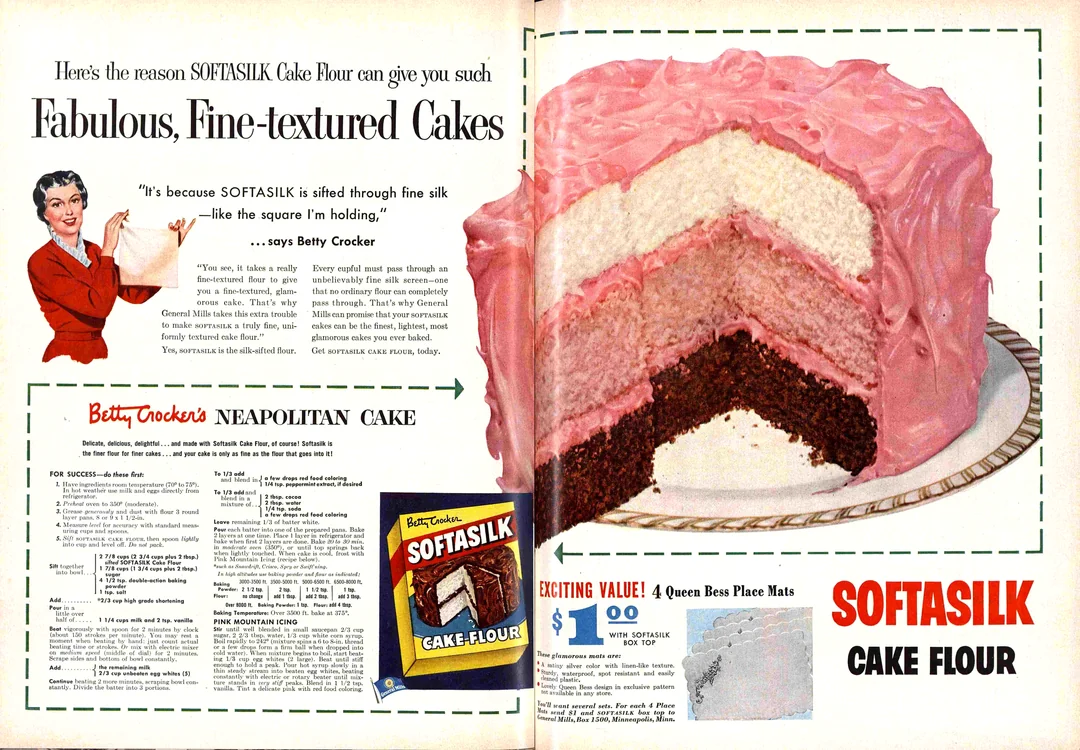Be in The Know
- TikTok Shop is full of weird Black Friday deals.
- If you’re counting down, these brands have the best advent calendars.
- What’s going on with Sam Altman’s sudden firing from OpenAI and possible move to Microsoft?
- In a viral video, a woman’s Stanley tumbler filled with ice survived a car fire. Now, Stanley is replacing her car.
FAQ: Google’s Automatically Created Assets (ACA)
Back in September, Google rolled out automatically created assets (ACA) as a campaign-level setting that generates custom headlines and descriptions based on the context of your ad, thereby enhancing its relevance and saving you time.
Ginny Marvin, Product Liaison at Google, answered some FAQs about ACA on X. Here’s the scoop, in her words:
How are ACA used?
“RSAs can assemble ad combinations that are predicted to perform best using both the assets you’ve provided and automatically generated assets.”
Where does ACA pull content from?
“Automatically created assets are generated from your own content, including your landing pages, existing ads and keywords. Tip: Be sure your website is up-to-date when using this feature!”
Where can I see automatically-created assets?
“ACA will be labeled as ‘Automatically created’ in the ‘Asset source’ column in ad- and campaign-level asset reporting. You’ll also see when ACAs are included in Combination reports.”
Can I remove ACA?
“Yes, you can review & remove assets you don’t want to serve any more. In addition, any automatically created assets with a ‘low’ performance rating get removed, well, automatically.”
Can I test ACA in Campaign Experiments?
“Yep! Draft and Experiments are compatible with ACA. You will see automatically created assets on both the test and control arm, however the control side will serve 0 ACA impressions.”
Should I just rely on ACA?
“ACA should augment, not replace, your existing assets. Keep the assets you’ve already created and continue to provide as many as you can (up to 15 headlines and 4 descriptions). Note that ACA don’t count toward these asset limits.”
Read the full thread on X.
Q for You
Hello Ivy
If you’re looking for a new project management tool, check out Hello Ivy. It’s a collaboration hub for your team with big-picture organization and production roadmaps, interactive chat, discussion boards, interactive feeds, docs, wikis, and the works. It’s intuitive enough that you won’t need onboarding, and small teams can start for free.
 Watch
Watch
No Smoke
Was anyone else kinda shook about Snoop’s November 16 announcement on social media that he was giving up smoke?
Don’t let that influence your own new year resolutions just yet. Turns out it was all a stunt to introduce his partnership with Solo Stove, the smokeless fire pit, for which he is the official “smokesperson.”
Fire.


